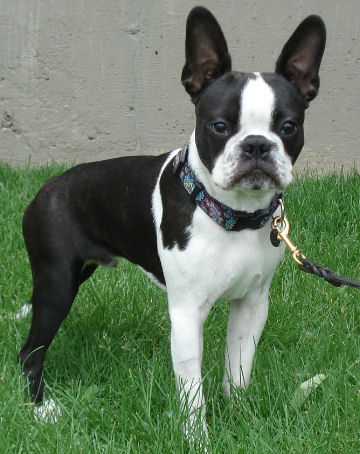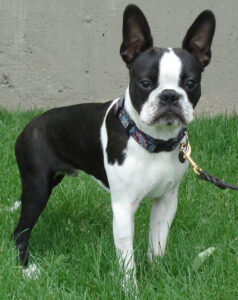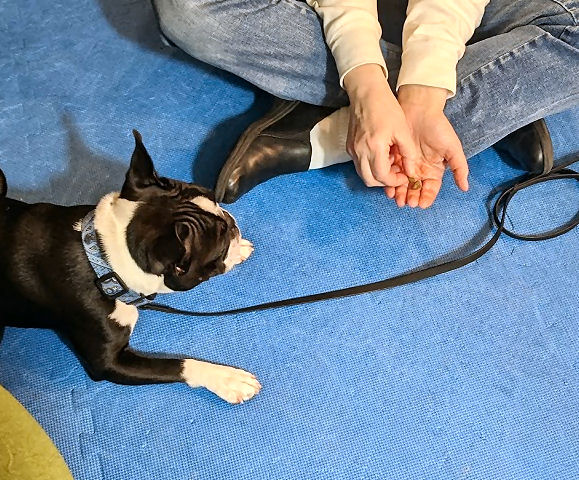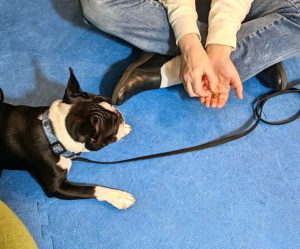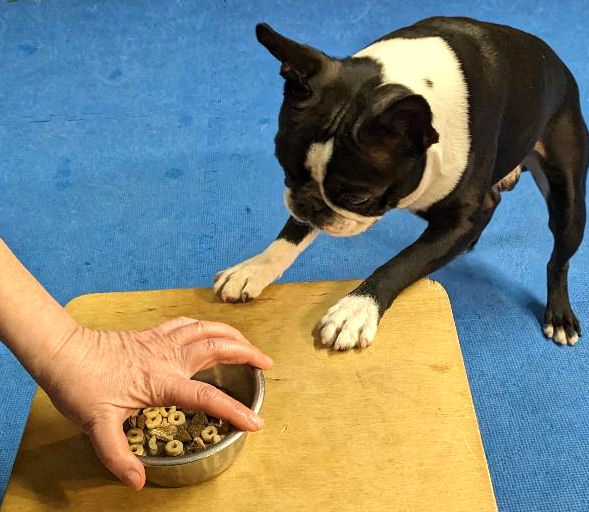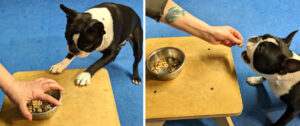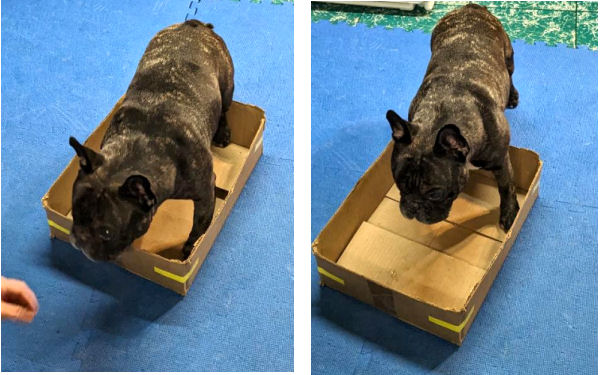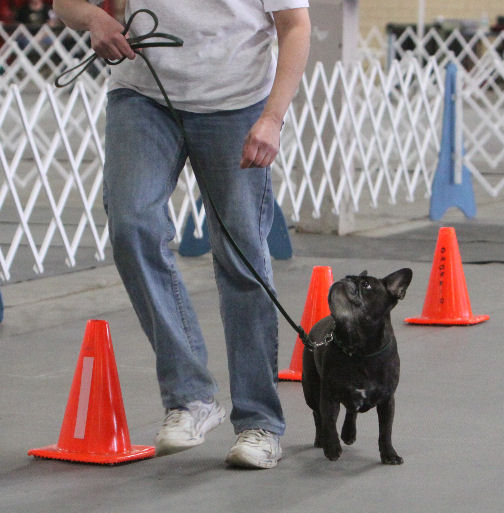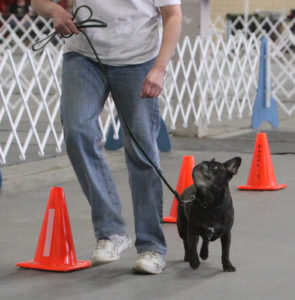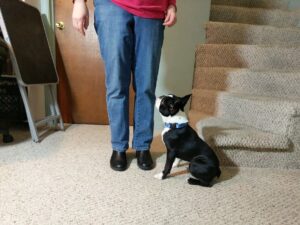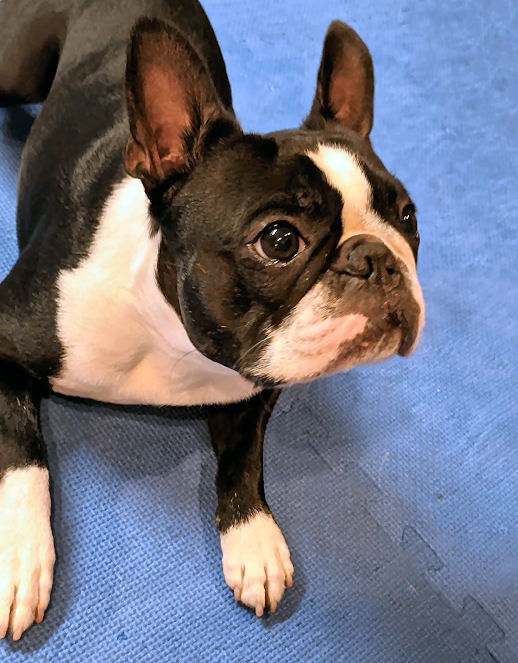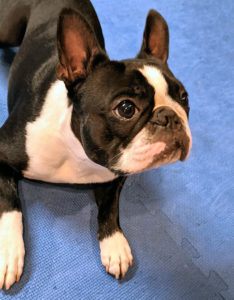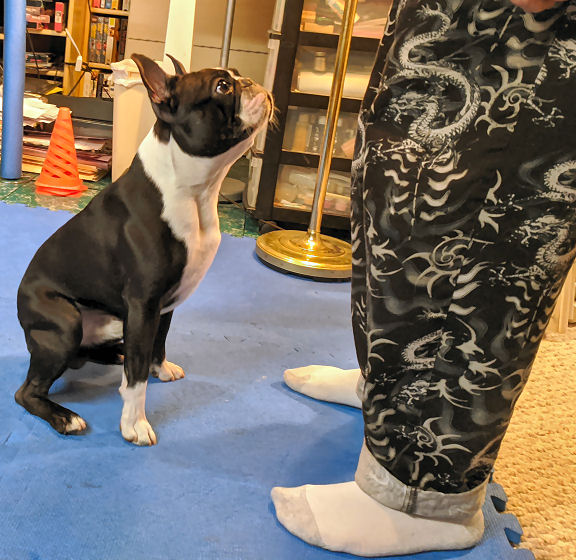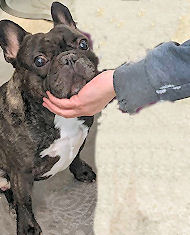Knowing is different for dogs. You’d think that once your dog knows how to do something, you’re done. But that’s not the case. It never occurred to us that people would think that was true until we got a question at our Loose-Leash Walking Workshop this weekend.
It was in the Q & A as the workshop was winding down. The dogs were exhausted after thinking for 90 minutes and the room was peaceful and quiet. One of the people auditing the workshop asked “Is this how we can introduce new people to our dog? Have them do the 3-Step Pattern Walking with our dog?”
Answer: “Absolutely not!”
Just the fact that she would ask the question made us realize it’s difficult for most to understand how intensely situational dogs are. Dogs don’t generalize. They can be taught to generalize, but it’s not naturally the way they think. So, knowing is different for dogs.
How does that work?
When people encounter a new object or circumstance, we can draw on all our past knowledge and experience to interpret the situation. For example; when babies learn how to walk and are somewhat proficient, they can walk on any surface, in any direction, regardless of slope, material, or shoes.
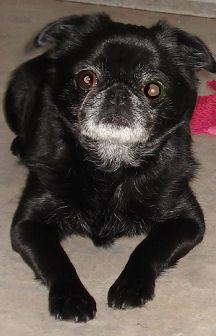
It’s different for dogs. Have you ever seen a dog encounter a new type of flooring and hesitate to walk on it? We saw it in action up close and personal. Fran’s first obedience dog, Golly, was accustomed to working on rubber mats or bare floors. We went to the Brussels Griffon National Specialty show and Golly was showing in Obedience. The trial was in the “Show Ring” and the flooring was bright blue artificial turf. Golly had never walked on anything like it. And, even though she knew all of the obedience exercises, she couldn’t do them in that situation. She walked as if the surface was hot coals. Needless to say, Fran got some artificial turf and all of our dogs since that day have practiced on it.
But that’s how specific dog training can be. If you are always the one training the dog, you may be the only one the dog obeys. If every member of the household plays training games with the dog, everyone has that relationship with the dog.
Dog introductions
The woman asking the questions was assuming that the dogs’ polite behavior, having learned the basics of 3-Step Pattern Walking, would be useful in a different situation – introducing her rambunctious dog to new people. It’s a perfectly logical way for a person to think. If the dog is calm and well-behaved practicing this training game, why not use the game elsewhere?
That’s too big a leap for dogs. Knowing is different for dogs. Just changing the person holding the leash makes it a completely new scenario. If that person isn’t familiar with that training game, it’s of no use. The person will feel awkward and the dog won’t know what’s going on. Faced with so many variables, the dog will get frustrated and either shut down, disengage, or misbehave.
Play different games everywhere
If you want your dog to understand how to greet people politely, no matter where you are or who you encounter, you have to teach a greeting behavior. You decide what that looks like, then teach it to your dog. And practice it everywhere. At the front door. The back door. And at the gate to the yard. In the hardware store. In the parking lot. You’re giving your dog the information they need to expand “greeting” to wherever they are, whoever you’re meeting.
There’s a saying among Obedience competitors; “We all have Obedience champions in the kitchen.” That’s exactly right. What your dog knows at home they may not know at training class. Or at a competition. Giving your dog varied experiences will grow their understanding. “Sit!” means “Sit!” no matter where you are or who’s there with you.

